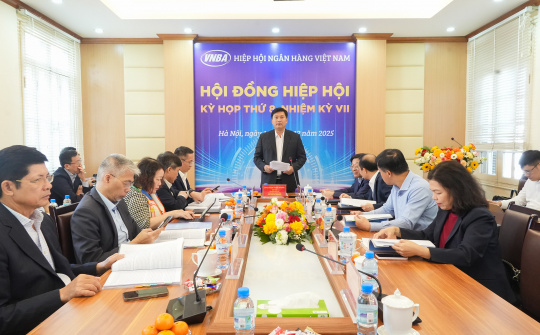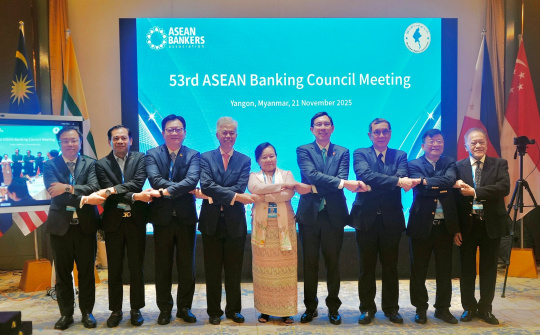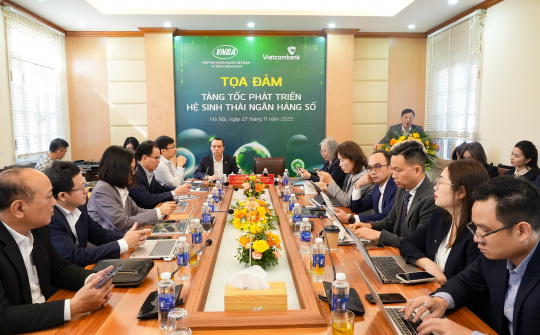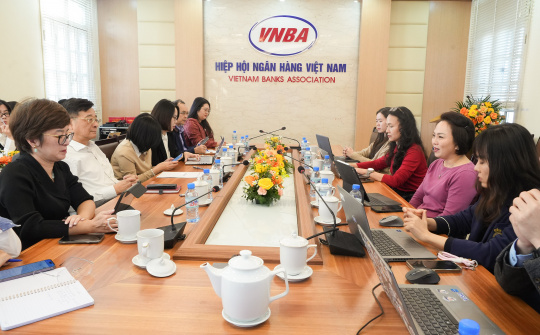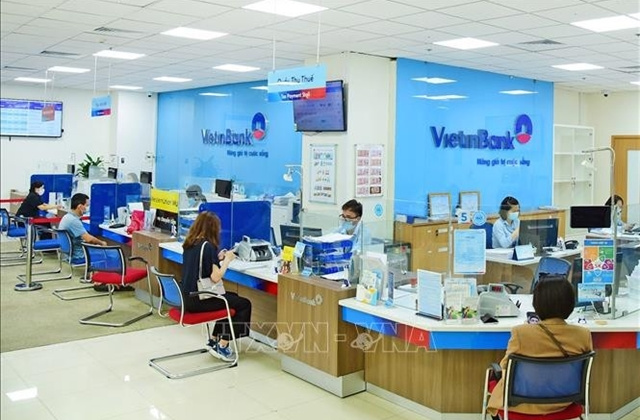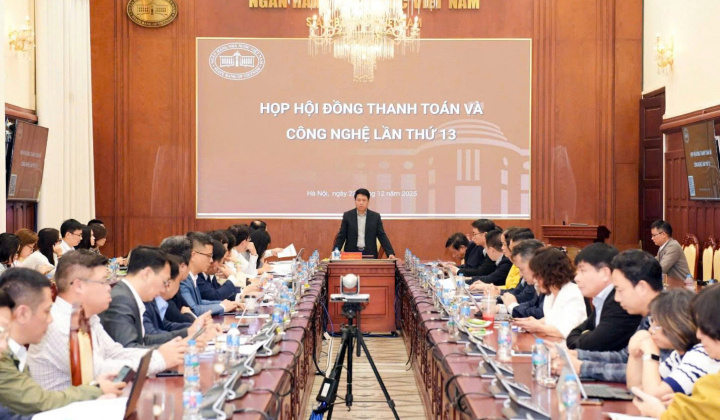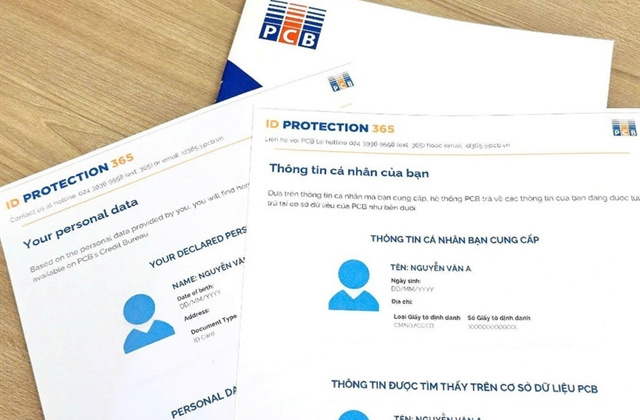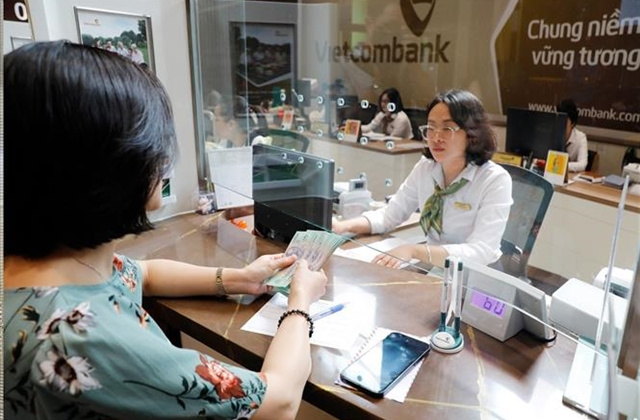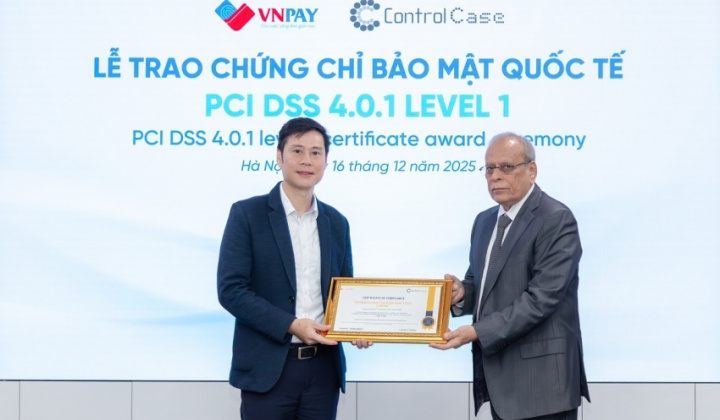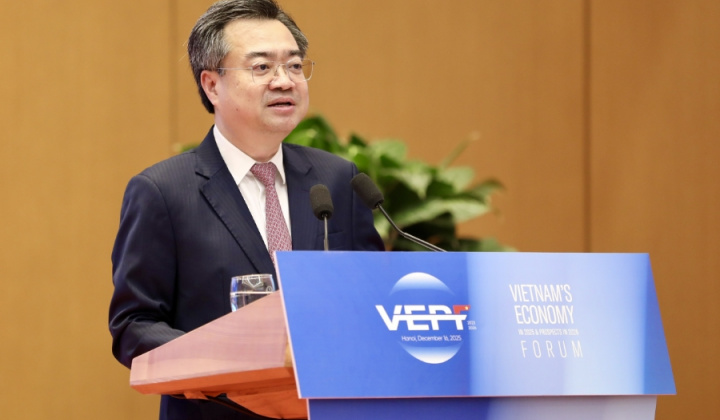Purpose and significance of the Cross-Border QR Code Payment Handbook
This handbook aims to provide comprehensive guidance on the process, technical standards, security, as well as regulations on operating cross-border QR Code payment services. Built on the principles of clarity and transparency, the Handbook includes regulations on service fees, transaction limits, responsibilities of related parties, and measures to prevent fraud, money laundering and other violations of the law.

The development of this Handbook not only helps credit institutions and businesses operate more effectively in the field of international payments but also contributes to improving the transparency and safety of the electronic payment market in Vietnam. At the same time, this is a strategic step to promote non-cash payments, enhance international integration, facilitate trade, border tourism and cross-border services.
Main contents of the draft Handbook
During the meeting, the representative of the Editorial Board (Napas Company) summarized the core contents of the draft Handbook, including regulations on:
QR codes deployed in Vietnam and partner countries: Technical standards, connection models, operating procedures, and regulations on brand identification.
Security and confidentiality: Measures to ensure transaction safety, prevent fraud, counterfeiting, and scams.
Transaction processing: Processing procedures, responsible entities, feedback and dispute resolution mechanisms.
Applicable subjects: Switching organizations, issuing banks, payment organizations, merchants, and related partners.
Service fee policy, transaction limits: Clear regulations to control risks and ensure transparency.
Prevention of fraud and money laundering: Measures to control, authenticate customers, and monitor unusual transactions.
In addition, the draft has received many positive comments from credit institutions such as VietinBank, Techcombank, BVBank, MB, TPBank, Nam A Bank, Wooribank, etc. on issues related to risk management, service fees, and legal regulations related to foreign exchange and international money transfers.
Legal issues and related risks
During the discussion, many opinions emphasized legal issues related to foreign exchange management, especially transaction limits for resident customers according to Decree No. 70/2014/ND-CP and Circular No. 20/2022/TT-NHNN. Some banks proposed to develop a common foreign exchange purchase and sale contract model, clearly guiding the documents, customer commitments, and document storage procedures to ensure compliance with the law, while minimizing legal risks and fraudulent activities.
Banks agree that cross-border QR Code payments are mainly a form of transparent spending from local currency, similar to international card payments, rather than pure money transfers. However, to avoid distortion, credit institutions have proposed applying temporary limits (for example: VND 50 million/transaction, VND 100 million/month) to control risks, prevent illegal money transfers, tax evasion or money laundering.
Principles of development and name of the Handbook
In response to the opinions of the members, the Drafting Committee agreed to change the name of the document from "Code of Conduct" to "Handbook of Cross-border QR Code Payment in Vietnam" to reflect the document's detail and feasibility in the current period. The Handbook is divided into 7 chapters, covering the scope of regulation, subjects of application, responsibilities of the parties, principles of charging, regulations on brand recognition, international QR Code logo, and requirements for fraud prevention, money laundering, and risk control.
Recommendations and next steps
Banks also recommended reviewing current legal documents to ensure consistency in the implementation process. At the same time, learning from the experiences of countries that have successfully deployed cross-border QR Code services, such as Thailand, Singapore, and China, is also recommended. This will enable the completion of the Handbook in a transparent, practical, and feasible manner when applied.
Concluding the meeting, Dr. Nguyen Quoc Hung acknowledged the sense of responsibility and valuable comments from the members. He requested the Drafting Team to continue to coordinate closely, carefully review all content, ensure the Handbook is of good quality, under the law, and feasible when implemented. The final revision is expected to be completed in early August 2025 to submit to relevant ministries and branches such as the Ministry of Justice, the Ministry of Public Security, the Supreme People's Procuracy, the Supreme People's Court, and the State Bank of Vietnam, to ensure progress and efficiency in the official issuance.
The completion of the Cross-Border QR Code Payment Handbook will create a clear legal and technical framework, helping credit institutions and businesses operate more effectively and safely in the field of international payments. At the same time, this is a strategic step to promote non-cash payments, contributing to enhancing the position of the Vietnamese banking industry in international cooperation and developing the digital financial market.
T.Đ
VNBA News



